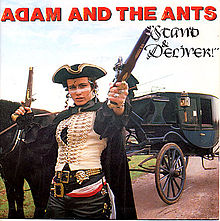

A product of the English Public School system and the Royal Military Academy Sandhurst, Mike is a veteran project manager having worked across three of the five continents, successfully delivering dozens of ICT projects across a wide range of industries involving many different concepts and dealing with many diverse cultures, languages and challenges.
Ultimately, any project delivery depends upon action and not upon how good the plan is. One of his favourite sayings is, “Know how is not show how!”
Unlike more traditional consultancies, Mike works alongside your existing team coaching and mentoring them to deliver whilst learning and applying best practice along the way.
So if you want the project delivered and the job done – contact ELEV8.
